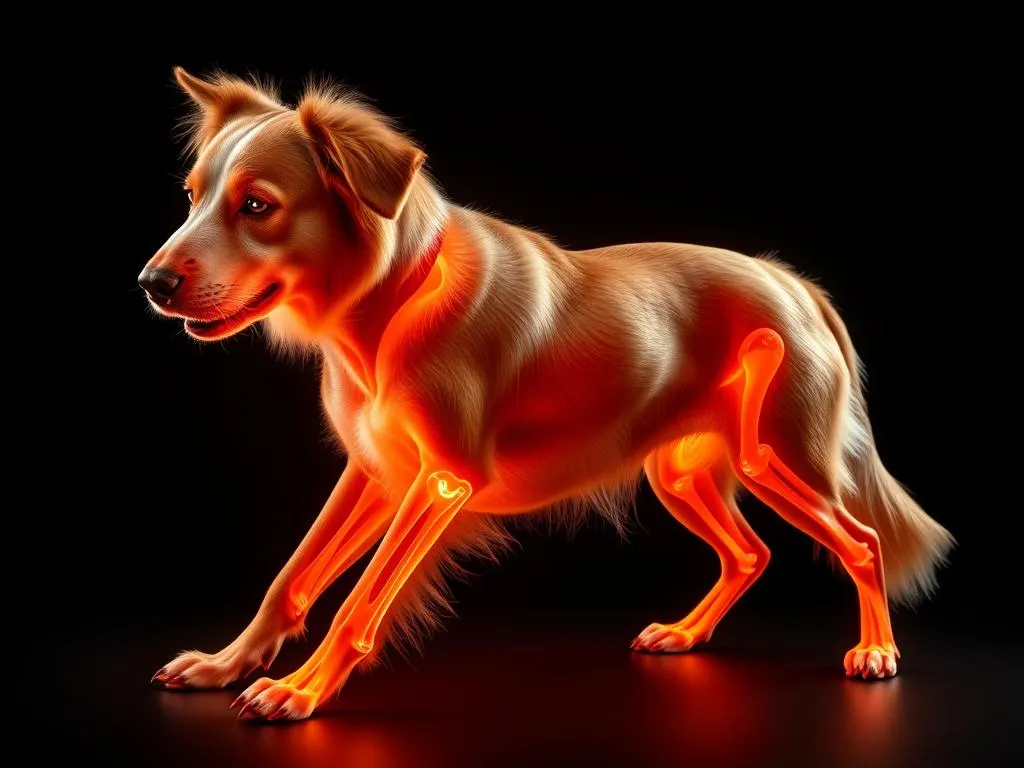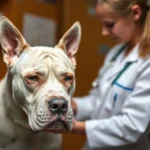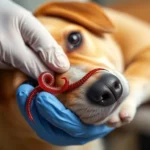
Understanding patellar luxation is essential for dog owners, potential adopters, and veterinary students alike. This condition, which involves the dislocation of the kneecap, can affect a dog’s mobility and quality of life. By becoming familiar with the symptoms, causes, treatment options, and management strategies, you can better support your furry friend if they are faced with this issue.
Understanding Patellar Luxation
Definition
Patellar luxation occurs when the patella, commonly known as the kneecap, slips out of its normal position in the groove of the femur (thigh bone). The patella serves a critical role in the knee joint’s mechanics, enabling smooth movement and providing stability. When luxated, the patella may move medially (toward the inside of the leg) or laterally (toward the outside), causing pain and difficulty in movement.
Types of Patellar Luxation
There are two primary types of patellar luxation: medial and lateral luxation.
- Medial luxation is the more common form, where the patella dislocates toward the dog’s body.
- Lateral luxation occurs when the patella moves away from the body.
Patellar luxation is also classified into four grades based on severity:
- Grade I: The patella can be luxated but returns to its normal position spontaneously.
- Grade II: The patella luxates with force but can be manually returned to its normal position.
- Grade III: The patella is luxated most of the time but can be manually repositioned.
- Grade IV: The patella is permanently luxated and cannot be manually repositioned.
Causes of Patellar Luxation
Genetic Factors
Certain dog breeds are predisposed to patellar luxation due to genetic factors. Small breeds like Chihuahuas, Yorkshire Terriers, and Pomeranians are particularly vulnerable. Inherited conditions and genetic mutations can affect the development of the knee joint, increasing the likelihood of luxation.
Acquired Factors
In addition to genetic predisposition, several acquired factors can contribute to patellar luxation:
- Injury or trauma: A sudden injury can cause the patella to dislocate.
- Developmental issues: Abnormal bone growth during a puppy’s development can lead to improper alignment of the knee joint.
- Obesity: Excess weight places additional stress on joints, making them more prone to injury and luxation.
Symptoms of Patellar Luxation
Common Signs
Recognizing the signs of patellar luxation is crucial for early diagnosis and treatment. Common symptoms include:
- Limping or skipping: Affected dogs may exhibit an irregular gait, occasionally skipping on the affected leg.
- Stiffness after rest: Dogs may show stiffness after getting up from a resting position, particularly after long periods of inactivity.
- Pain during movement: A dog may cry out or show signs of discomfort when moving or when the affected knee is touched.
Severe Symptoms
In more severe cases, additional symptoms may develop:
- Swelling around the knee joint: This can occur due to inflammation or injury.
- Change in gait or posture: Dogs may adjust their posture to relieve pressure on the affected leg, leading to compensatory changes in their gait.
- Reluctance to exercise: Affected dogs may become less active or hesitant to engage in play due to discomfort.
Diagnosis of Patellar Luxation
Veterinary Examination
If you suspect your dog may have patellar luxation, a thorough veterinary examination is essential. Vets will conduct a physical examination, assessing the knee joint’s stability and range of motion. Gathering a comprehensive history, including details about your dog’s behavior and activity level, is also vital for accurate diagnosis.
Diagnostic Imaging
In some cases, your veterinarian may recommend diagnostic imaging to confirm the diagnosis and evaluate the extent of the condition.
- X-rays: These imaging studies can reveal bone abnormalities, joint alignment, and any signs of arthritis or other joint issues.
- MRI and ultrasound: These advanced imaging techniques may be necessary in complex cases to assess soft tissue structures around the knee.
Treatment Options for Patellar Luxation
Non-Surgical Treatments
For mild cases of patellar luxation, non-surgical treatments may be effective:
- Weight management: Maintaining a healthy weight is crucial to reduce stress on the joints. Your vet can provide guidance on appropriate diet and feeding practices.
- Physical therapy: Rehabilitation exercises can help strengthen the muscles around the knee, improving stability and mobility.
- Braces or supports: In some instances, using braces can provide additional support to the affected knee.
Surgical Treatments
If non-surgical methods are insufficient, surgical intervention may be warranted. Indications for surgery include persistent pain, significant mobility issues, or severe luxation (Grades III and IV).
Common surgical techniques include:
- Tibial tuberosity transposition: This procedure involves repositioning the tibial tuberosity (where the patellar ligament attaches) to correct alignment.
- Soft tissue repair: This may involve tightening or repositioning the surrounding ligaments and tissues to stabilize the patella.
Post-operative care is critical for recovery. Your veterinarian will provide specific guidelines on activity restrictions, pain management, and rehabilitation exercises to ensure a successful recovery.
Preventive Measures
Early Detection
Regular veterinary check-ups are vital for early detection of patellar luxation. During these visits, veterinarians can assess your dog’s joint health and catch any issues before they escalate.
Lifestyle Adjustments
Making lifestyle adjustments can help prevent the development of patellar luxation or mitigate its effects:
- Weight management strategies: Monitor your dog’s weight and adjust their diet as needed to maintain a healthy body condition.
- Appropriate exercise routines: Incorporate low-impact exercises, such as swimming or walking on soft surfaces, to strengthen the joints without placing too much stress on them.
Living with a Dog with Patellar Luxation
Care and Management
Caring for a dog with patellar luxation requires ongoing attention and management. Here are some daily care tips:
- Provide a comfortable environment: Ensure your dog has a soft, cushioned resting place to reduce joint stress.
- Limit high-impact activities: Avoid activities that may exacerbate the condition, such as jumping or running on hard surfaces.
- Regular monitoring: Keep an eye on your dog’s mobility and behavior, and consult your veterinarian if you notice any changes.
Support Resources
Finding support from veterinary professionals is crucial for managing your dog’s condition. Many veterinary clinics offer resources and guidance tailored to pets with patellar luxation. Additionally, online communities and forums can provide a sense of camaraderie and shared experience among dog owners facing similar challenges.
Conclusion
Understanding patellar luxation in dogs is essential for any dog owner, as early detection and intervention can significantly improve outcomes for affected dogs. From recognizing symptoms and seeking a proper diagnosis to exploring treatment options and making lifestyle adjustments, being informed empowers you to take proactive steps in supporting your pet’s health.
Always consult your veterinarian if you have concerns about your dog’s mobility or behavior. By prioritizing your dog’s health, you can ensure they live a happy, active life.
Frequently Asked Questions (FAQs)
What breeds are most commonly affected by patellar luxation?
Breeds such as Chihuahuas, Yorkshire Terriers, Pomeranians, and Dachshunds are often predisposed to patellar luxation due to their genetic background.
Can patellar luxation be cured?
While patellar luxation can often be effectively managed and treated, particularly in severe cases, it may not be completely “cured.” Many dogs can lead happy and active lives with appropriate management.
What is the recovery time after surgery?
Recovery time after surgical intervention for patellar luxation can vary but typically ranges from several weeks to a few months, depending on the extent of the surgery and the individual dog’s healing process.
How can I manage my dog’s pain at home?
Consult your veterinarian for appropriate pain management options, which may include prescribed medications, anti-inflammatory treatments, and modifications to your dog’s activity levels.
Are there any long-term effects of patellar luxation?
Long-term effects can include chronic pain, arthritis, and decreased mobility. Early intervention and management can significantly reduce the risk of these complications.









